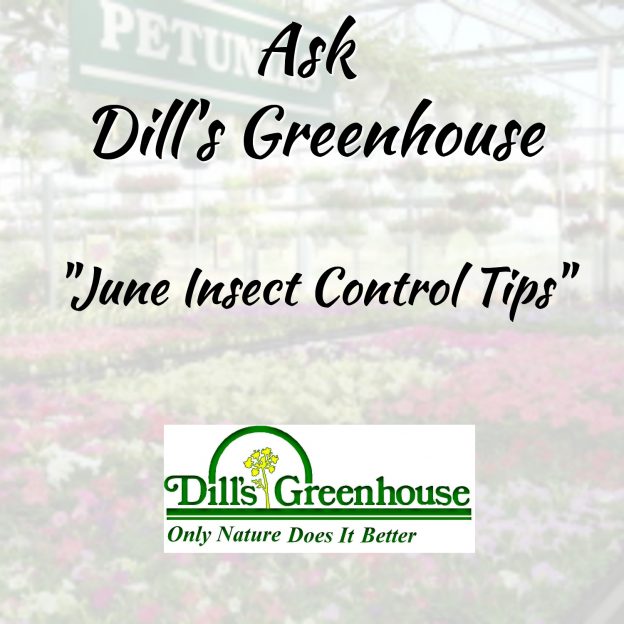Alan: Well once you’re into June, people wonder what next? The gardens looking good. But sometimes things just don’t make it. Sometimes you find a spot over here that you really want to add something and it’s not too late in June.
June is a great time to continue to plant. We even grow plants in larger containers so that you’ve already planted something and you don’t want to start off with a little plant that doesn’t match. So we have things in larger containers that you can just pop right in and fill in that space and match everything else.
We plant our crops that we grow at the greenhouse, we don’t grow everything at the same time. We don’t just plant tomatoes once and here’s our whole crop of tomatoes for the year. Because some people are planting those tomatoes middle of May and they don’t want some plants it’s overgrown and just scraggly and it doesn’t look good.
So we plant several times throughout the season so that when you come in June, there’s still going to be some plants that are at their peak at that time. So we planned it that way, because people do plant later on.
A thing that would be good in June is to look at your vegetable garden. At this time you probably harvested quite a bit of your cabbage and broccoli and cauliflower, things like that.
So now the is a good time in June to go back in and now you can plant a tomato there. It’s not too late. It’s a good time. So you’re making double use of that space. Things that you harvest early. It’s now time to go ahead and plant the things that will go later, like the peppers and tomatoes, things like that.










